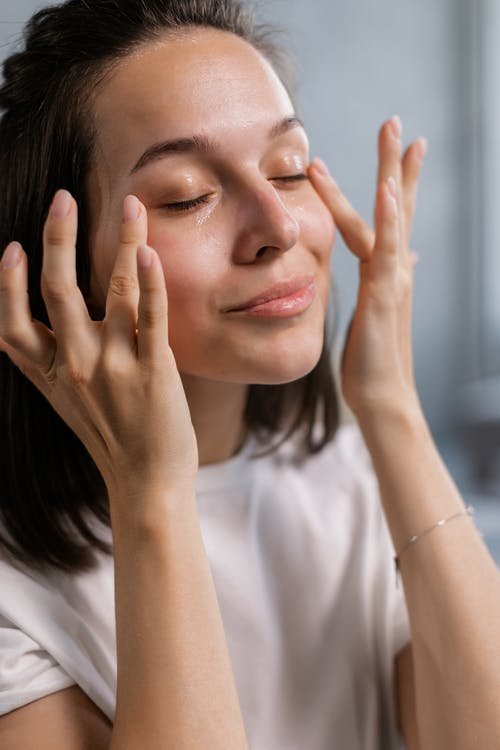THE ORIGIN OF THE PARIS FASHION WEEK

THE ORIGIN OF THE PARIS FASHION WEEK
The origin of the Paris Fashion week
Paris is often regarded as the global capital of fashion due to its abundance of haute couture, bustling ateliers, and exquisite taste. It has earned its renown thanks to a specific representation of history and sophistication. “The history of Paris fashion blends irrevocably into myth and folklore,” writes fashion researcher Valerie Steele in the book Paris: Capital of Fashion.
THE FIRST PARIS FASHION WEEK TAKES PLACE
Charles Worth (inside the late nineteenth century as well as Paul Poiret (throughout the beginning of the twentieth century) were two early Parisian designers who considered showing their clothes being worn. Concurrently in London, Lady Duff-Gordon (using the alias Lucile) was also involved in the fashion industry. Poiret, renowned for his sumptuous, flowing patterns, decided to combine business with pleasure by hosting a series of extravagant balls at which guests were expected to wear their best attire. Poiret’s lampshade dresses and harem pants were among the highlights of parties like 1911’s The Thousand and Second Night.
THE EARLY 1900S
In the early twentieth century 20s and 30s, Paris was a hub for groundbreaking designers like Coco Chanel, Elsa Schiaparelli, and Madeline Vionnet. Instead of one massive bash, designers began holding smaller, invitation-only shows where they showcased their wares on a rotating cast of models. There was a lot of paranoia about others copying the designs, therefore things were kept under wraps. Photographers were not welcome, and the scene was a far cry from the galaxy of cameras that surrounds us now.
THE 40S
Regulating Paris’s fashion presentations didn’t happen until after WWII. The Chambre Syndicale de la Haute Couture mandated in 1945 that all high fashion houses show at least 35 separates design pieces each season, including both day and evening wear. Only custom-made, time-consuming-to-order garments were available.
When New York City held its inaugural Press Week for American designers in 1943, it caused concern in Paris due to the city’s growing prominence in the fashion business. And yet, Christian Dior was Paris’s hidden weapon. Dior’s debut collection, Corolle, had exaggerated shapes and was shown to a large audience and photographed for the first time in 1947. Dior’s New Look, which debuted after World War II, was all about full skirts, tiny waists, and calculated elegance. In the following years, Dior, together with his colleagues Hubert de Givenchy, Pierre Balmain, and Jacques Fath, would play a key role in reviving Paris fashion scene with their innovative use of silhouettes and fabrics.
THE 50S AND 60S
Another star, Yves Saint Laurent, would appear in the mid-1960s. He, too, had learned the ropes of fashion design at the firm of Dior. In 1966, Saint Laurent launched a prêt-à-porter catalogue that included his now-iconic tuxedo suit, heralding a new era in which youth cultural identity was front and center (a trend mirrored in the ‘space age’ catalogs by Pierre Cardin and André Courrèges, with the latter empowering his models to move freely in the garments). The future of clothing was in ready-to-wear.
CONFLICT AT VERSAILLES: THE CATWALK
The Fédération Française de la Couture was established in 1973, and the inaugural Paris Fashion Week kicked off with the revolutionary Battle of Versailles Fashion Show. The long-standing rivalry between the fashion capitals of Paris and New York was dramatized here with a battle of the sartorial styles, pitting five of France’s most renowned designers against five Americans whose names were mostly unfamiliar to the audience.
For the French side, there was Yves Saint Laurent, Emanuel Ungaro, Christian Dior (created by Marc Bohan), Pierre Cardin, and Hubert de Givenchy, while for the American side, there was Anne Klein, Halston, Oscar de la Renta, Bill Blass, and Stephen Burrows. Notwithstanding the the French’s Fairy princess-style pumpkin instructors and the American’s largely African-American supermodel lineup, the French were deemed losers. The Americans, however, were deemed victors because to the presence of Liza Minnelli.
From Thierry Mugler’s 1984 bonanza at Le Zenith venue (by a crowd of 6,000) to the unveiling of Jean Paul Gaultier’s stellar conical bra the following year (made popular by Madonna once she started wearing his styles on her 1990 Blonde Ambition Worldwide tour), the showcases only got more daring from there on out. Karl Lagerfeld’s 1980s reinvention of Chanel as a self-referential brand made for some unforgettable shows, while the rise of a new generation of Japanese artist designers like Yohji Yamamoto with Comme des Garçons ushered in ground-breaking new approaches to fashion.
From John Galliano, who took over as creative director of Dior in 1996, through Alexander McQueen at Givenchy, Britain was a major exporter of fashion designers to Paris in the nineties (1996 to 2001). In contrast, Stella McCartney collaborated with French luxury conglomerate LVMH in July 2019 to raise the bar for eco-friendly luxury fashion.































































